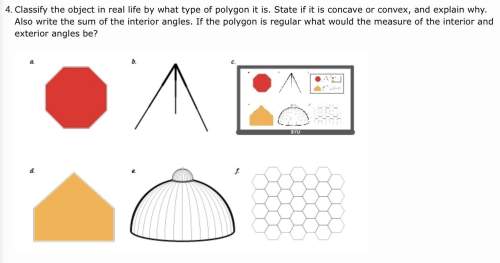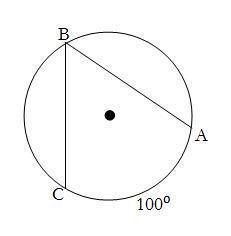
Mathematics, 21.08.2019 19:30 sportsseolive2185
Use the divergence theorem to calculate the surface integral s f · ds; that is, calculate the flux of f across s. f(x, y, z) = (2x3 + y3)i + (y3 + z3)j + 3y2zk, s is the surface of the solid bounded by the paraboloid z = 1 − x2 − y2 and the xy-plane.

Answers: 1


Other questions on the subject: Mathematics

Mathematics, 21.06.2019 21:30, shelbysargent11
Complete each statement from the information given and the triangle criterion you used. if the triangles cannot be shown to be congruent, leave the box for the second triangle blank and choose for reason “cannot be determined.” carbon - regular hexagon. ∆can ≅ ∆ by
Answers: 1

Mathematics, 21.06.2019 22:00, sherman55
(05.03 mc) part a: explain why the x-coordinates of the points where the graphs of the equations y = 4x and y = 2x−2 intersect are the solutions of the equation 4x = 2x−2. (4 points) part b: make tables to find the solution to 4x = 2x−2. take the integer values of x between −3 and 3. (4 points) part c: how can you solve the equation 4x = 2x−2 graphically? (2 points)
Answers: 1


Mathematics, 22.06.2019 01:40, jraemier5480
Afamily has two cars. the first car has a fuel efficiency of 25 miles per gallon of gas and the second has a fuel efficiency of 15 miles per gallon of gas. during one particular week, the two cars went a combined total of 1025 miles, for a total gas consumption of 55 gallons. how many gallons were consumed by each of the two cars that week?
Answers: 1
You know the right answer?
Use the divergence theorem to calculate the surface integral s f · ds; that is, calculate the flux...
Questions in other subjects:



Mathematics, 12.01.2021 21:30






Arts, 12.01.2021 21:30

Health, 12.01.2021 21:30



 across
across  is equal to the integral of
is equal to the integral of  over the interior of
over the interior of 




